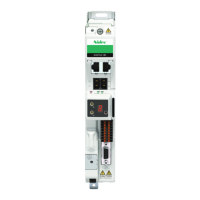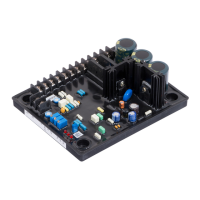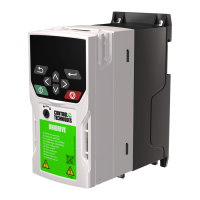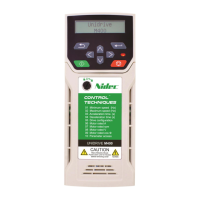Digistart D3: User Guide 53
Issue: G
• Pump stopping
The hydraulic characteristics of pump systems vary considerably. This variation means the ideal deceleration profile
and stop time will vary from application to application. The table provides guidelines on selecting between Adaptive
Control deceleration profiles, but we recommend testing the three profiles to identify the best profile for the
application.
High head systems where even a small decrease in motor/pump speed results in a
rapid transition between forward flow and reverse flow.
Low to medium head, high flow applications where the fluid has high momentum.
Open pump systems where fluid must drain back through the pump without driving
the pump in reverse.
The first Adaptive Control stop will be a normal soft stop. This allows the Digistart D3 to learn the characteristics of
the connected motor. This motor data is used by the Digistart D3 during subsequent Adaptive Control stops.
NOTE
Adaptive Control will control the load according to the programmed profile. Stopping current will vary
according to the selected deceleration profile and stop time.
If replacing a motor connected to a Digistart D3 programmed for Adaptive Control starting or stopping, or if
the starter has been tested on a different motor prior to actual installation, the starter will need to learn the
characteristics of the new motor. The Digistart D3 will automatically re-learn the motor's characteristics if
Pr 1A Motor Full Load Current or Pr 2L Adaptive Control Gain is changed.
How to Select the Adaptive Control Stop Profile
The best profile will depend on the exact details of each application.
CAUTION
Adaptive Control controls the motor's speed profile, within the programmed time limit. This may result in a
higher level of current than traditional control methods.
Fine-tuning Adaptive Control
If the motor does not start or stop smoothly, adjust the adaptive control gain (Pr 2L). The gain setting determines how
much the Digistart D3 will adjust future adaptive control starts and stops, based on information from the previous
start. The gain setting affects both starting and stopping performance.
• If the motor accelerates or decelerates too quickly at the end of a start or stop, increase the gain setting by
5%~10%.
• If the motor speed fluctuates during starting or stopping, decrease the gain setting slightly.
NOTE
Changing the gain setting resets the starter's adaptive control learning. The first start after changing the
gain will use constant current.
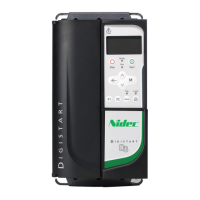
